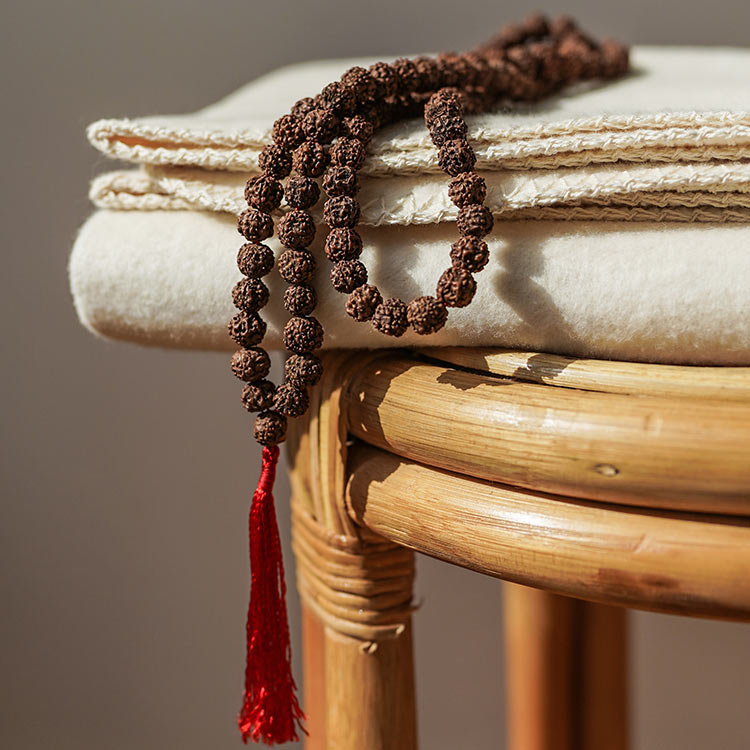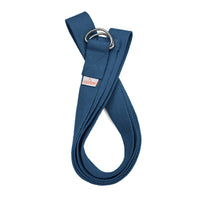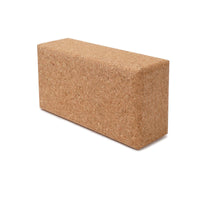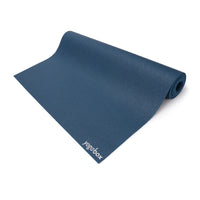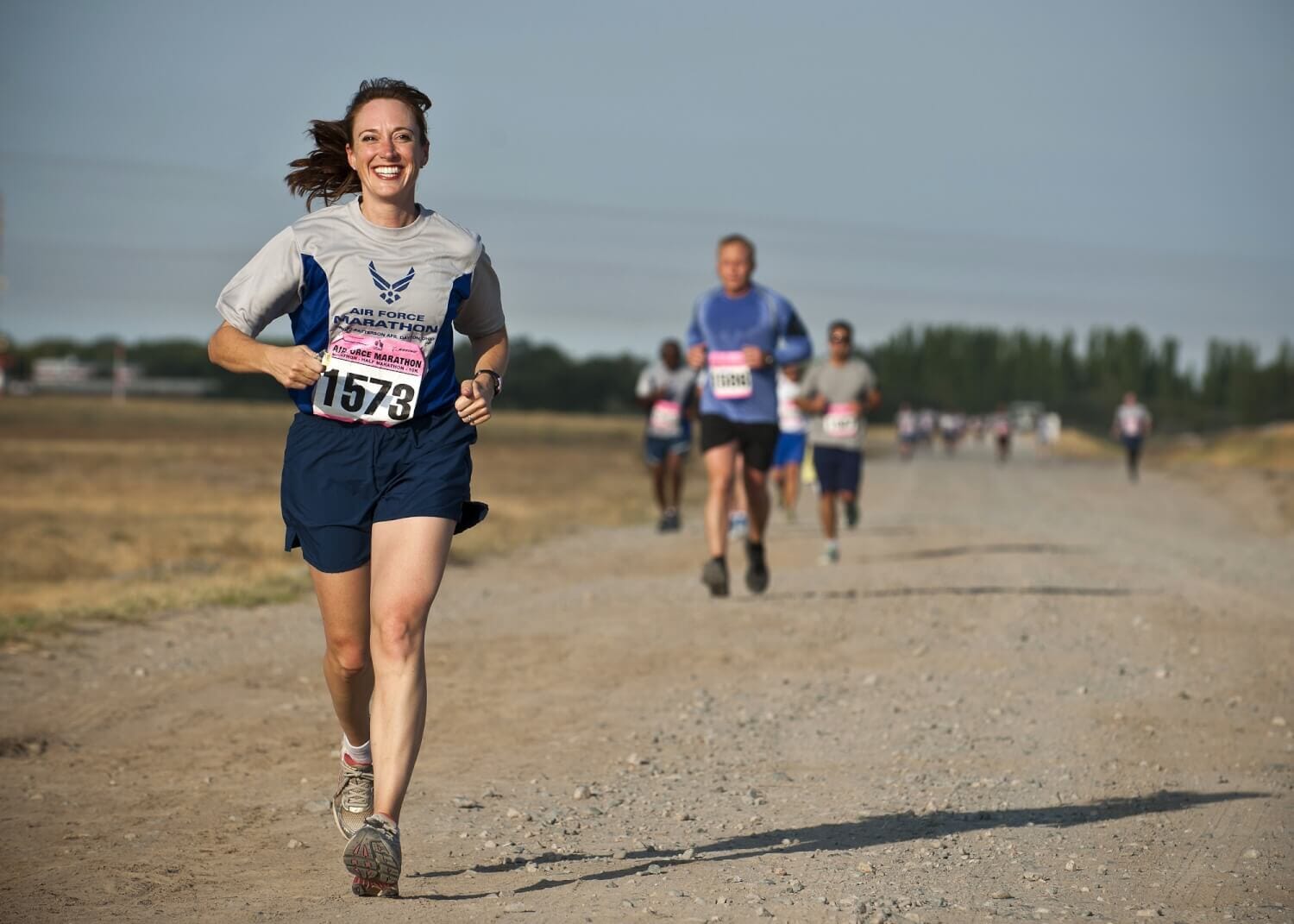
How to choose the right running clothes for every season
Choosing the right running gear for each season is an important decision to make before tackling your run. Whether it's short sprints or long runs, appropriate clothing is crucial to ensuring comfort and performance. Below are some tips for choosing the right running gear for each season.

What type of running clothing is best for running in different weather conditions?
Choosing the right running clothes should primarily depend on the weather. For warm days, choose lightweight and breathable clothing to help you cool down. In cold weather, wear a layer of windproof and water-repellent material. Another important element of running clothing is good running shoes. These should fit well and support your weight. They should also have good cushioning to protect your feet from injury.
For rainy days, we recommend a hooded raincoat or a waterproof jacket, as well as waterproof trousers or gaiters for your legs. Gloves and hats also help keep your body and head warm.

How can you find running clothes that fit well and are comfortable?
Comfort and a good fit are essential when choosing the right running clothes. First, consider what type of clothing you need. For example, if you're only running short distances, a T-shirt and shorts are perfectly sufficient. For longer distances, we recommend special running pants or shorts and breathable tops.
When choosing a size, always refer to the manufacturer's size chart and try on several sizes if necessary. It's important that the clothing doesn't fit too tightly and offers you enough freedom of movement. Materials also vary: Some fabrics are lighter than others and offer more breathability.
How to choose the right running clothes – tips and tricks
Your running clothes should not only be comfortable but also breathable and lightweight. A good choice is a T-shirt or tank top made of cotton or polyester. Both materials are breathable and keep you cool. However, for longer runs, special functional shirts are recommended, as they absorb more moisture than regular shirts.
For pants, choose leggings or sweatpants that offer enough freedom of movement while keeping you warm. Make sure the pants are stretchy and don't have any seams that can get in the way while running.

Also, don't neglect socks: Avoid cotton socks and opt for synthetic materials like polyester or nylon instead – these will keep your feet drier and reduce the risk of blisters.
Share



